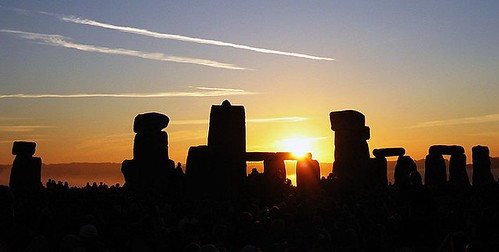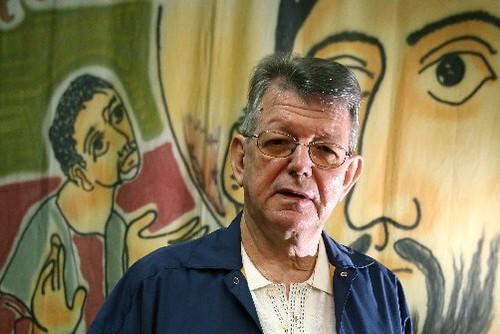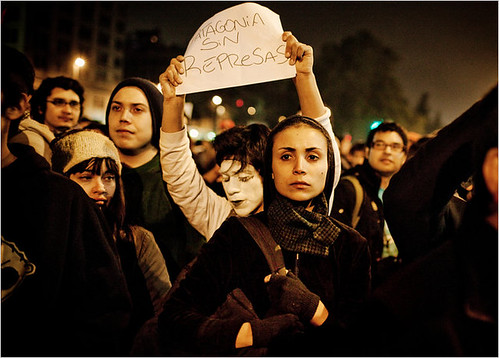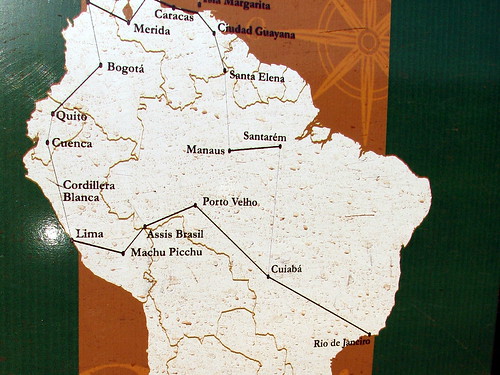HAPPY SUMMER/WINTER SOLSTICE

Summer Solstice Sunrise over Stonehenge -- photo: Wikipedia
Above or below the Equator, North or South, Summer or Winter, a very happy Solstice to all.
Here in Acre (Brazil's western-most Amazon state), today is the shortest day of the year. Yes, it's "winter" here. But "winter" is the dry season and the days can get very hot, even hotter than during the "summer" rainy season when it is often cloudy and cooler. Thus, in a curious twist because there is generally more sun and more heat, "winter" in Acre is known as "summer."
You might get a kick out of these "winter temperatures."















